Thailand is planning to turn its cement industry capital Saraburi into its first low-carbon city.
Thailand has begun to take concrete actions to achieve its goal of net zero emissions by 2065. One of the notable plans is the "Saraburi Sandbox" project, a public-private partnership that will transform the cement industry capital of Saraburi into Thailand's first model low-carbon city.
Saraburi is located in the central region of Thailand, with many heavy industrial factories, especially cement. More than 80% of Thailand's total cement production is made in this province. Therefore, Saraburi is associated with environmental pollution problems. According to the provincial greenhouse gas emission reduction guideline report, in 2015, Saraburi emitted 27.93 million tons of CO2, of which the industrial process accounted for more than 68.3%; the energy sector ranked second with a rate of 16.9%.
The project aims to implement pilot commitments in line with the key areas outlined in the country’s Nationally Determined Contribution (NDC) roadmap. For example, using low-carbon fuels, applying carbon capture and storage technology; energy transition; green agriculture . Thus, contributing significantly to reducing greenhouse gas emissions in line with the Net Zero target.
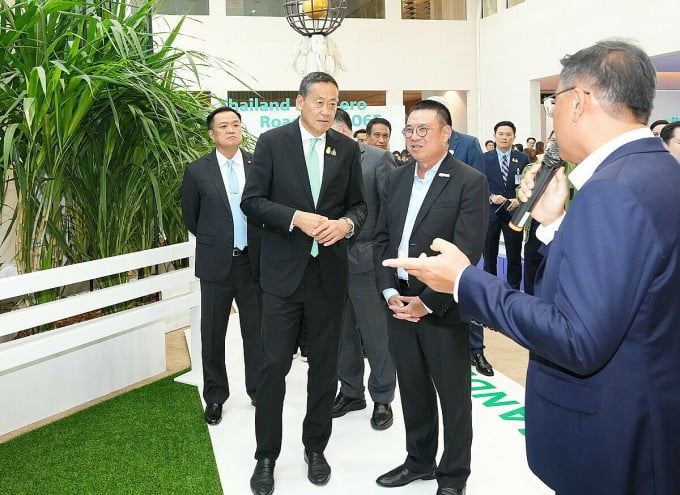
Thai Prime Minister (second from left) listens to businesses introduce green initiatives.
Commenting on the choice of Saraburi, Thammasak Sethaudom, Executive Vice President of SCG, one of the companies driving the initiative, said the province has the potential to showcase Thailand’s transition to a low-carbon society. In fact, Saraburi has a diverse economic base, including heavy industry, agriculture, and ecotourism.
"If Saraburi successfully converts, it can encourage other provinces to follow suit," he said.
Kitipong Promwong, chairman of the Office of the National Higher Education, Science, Research and Innovation Policy Council, said some efforts were underway. For example, construction projects in Saraburi from 2024 must use lower-carbon cement (a new building material to combat climate change – conventional cement currently contributes about 8% of global CO2 emissions). Local cement companies will also actively export green products.
In agriculture, people are instructed in the technique of alternating flooding and drying in rice cultivation to reduce water consumption, costs and greenhouse gas emissions. In areas of land that are no longer suitable for cultivation, Saraburi farmers will plant elephant grass, a plant used as raw material for wood pellet production. In addition, 38 community forests across the province have also been established to increase the ability to absorb greenhouse gases, creating the premise for ecotourism.
"These activities not only reduce carbon emissions but also contribute to ensuring people's livelihoods," said Mr. Kitipong Promwong.
Regarding energy, Charoenchai Chaliewkriengkrai, Chairman of the Saraburi Provincial Industry Federation, said that it is necessary to liberalize clean electricity trade through grid modernization. He said that the public and private sectors should take advantage of the power grid to have more convenient access to transmission lines. In addition, there should be policies to encourage businesses to develop efficient, cost-effective battery storage technologies and have more energy sources.
Another important direction that the business community has pointed out is the transition to a circular economy. Three key industries in Thailand, including packaging, automobiles, and construction, have committed to embarking on this path.
The plan has been submitted by the business community to Thai Prime Minister Srettha Thavisin. "This is a key industrial city with many challenges, so to be successful, we need to promote cross-sectoral cooperation through strategic solutions and capital," Mr. Srettha Thavisin noted. He encouraged all parties to participate in the success of Saraburi Sandbox - because this can be a shining example for other cities and industries in the future.
Towards the Net Zero target by 2065, the Thai Government also plans to prioritize waste management policies and support green public procurement. With renewable energy, Thailand is committed to optimizing its use and seeking opportunities for exploitation and trade. This orientation promises to attract foreign investors and corporations in the future.
Duc Minh
Source link


![[Photo] Flooding on the right side of the gate, entrance to Hue Citadel](https://vphoto.vietnam.vn/thumb/1200x675/vietnam/resource/IMAGE/2025/10/28/1761660788143_ndo_br_gen-h-z7165069467254-74c71c36d0cb396744b678cec80552f0-2-jpg.webp)

![[Photo] Hue: Inside the kitchen that donates thousands of meals a day to people in flooded areas](https://vphoto.vietnam.vn/thumb/1200x675/vietnam/resource/IMAGE/2025/10/29/1761738508516_bepcomhue-jpg.webp)
![[Photo] National Assembly Chairman Tran Thanh Man received a delegation of the Social Democratic Party of Germany](https://vphoto.vietnam.vn/thumb/1200x675/vietnam/resource/IMAGE/2025/10/28/1761652150406_ndo_br_cover-3345-jpg.webp)

![[Photo] Prime Minister Pham Minh Chinh chaired a meeting to discuss solutions to overcome the consequences of floods in the central provinces.](https://vphoto.vietnam.vn/thumb/1200x675/vietnam/resource/IMAGE/2025/10/29/1761716305524_dsc-7735-jpg.webp)
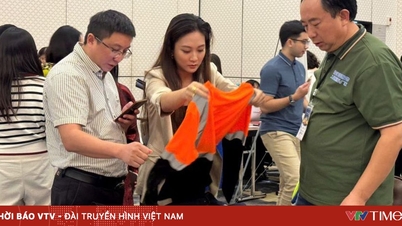

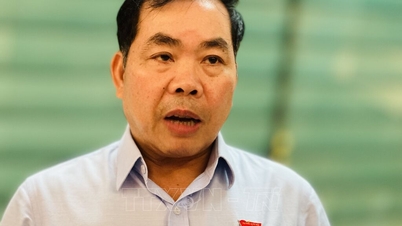

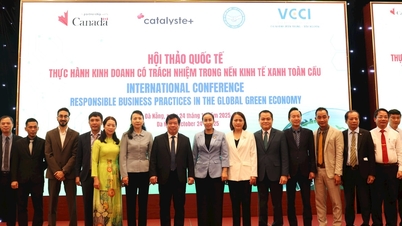

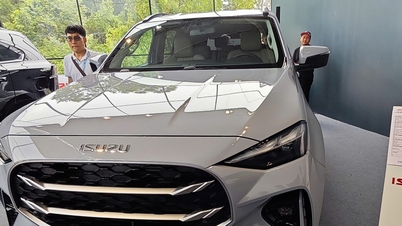

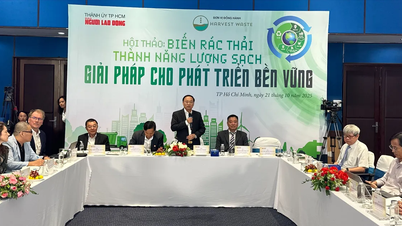

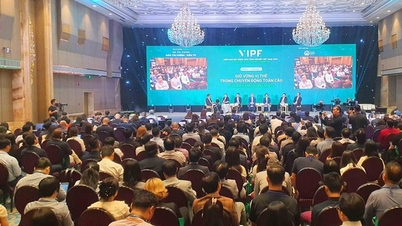

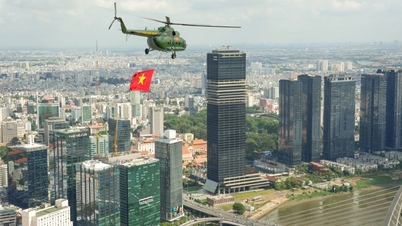

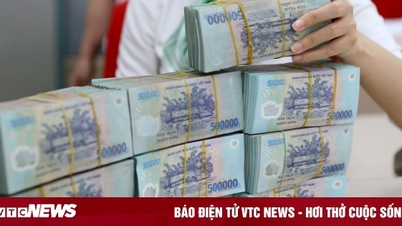




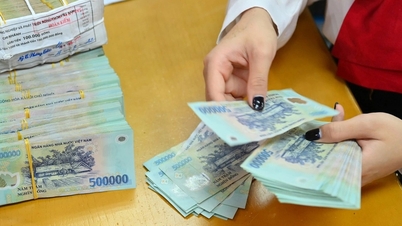

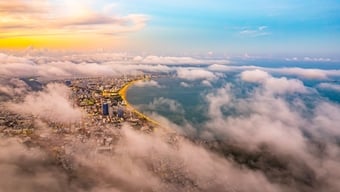
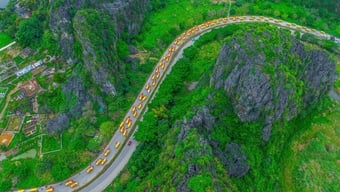

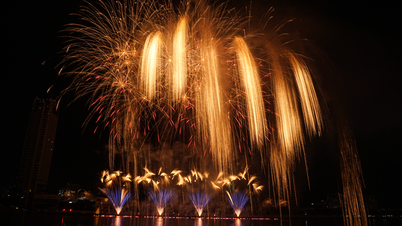
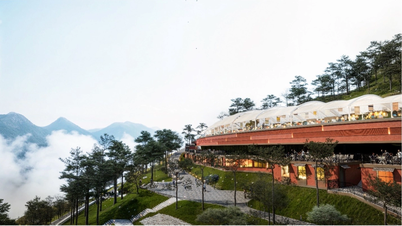
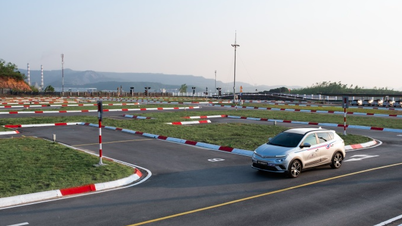

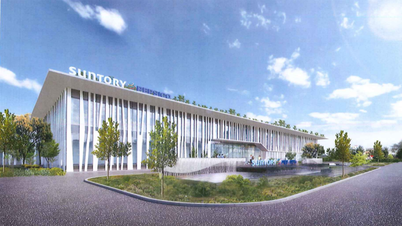

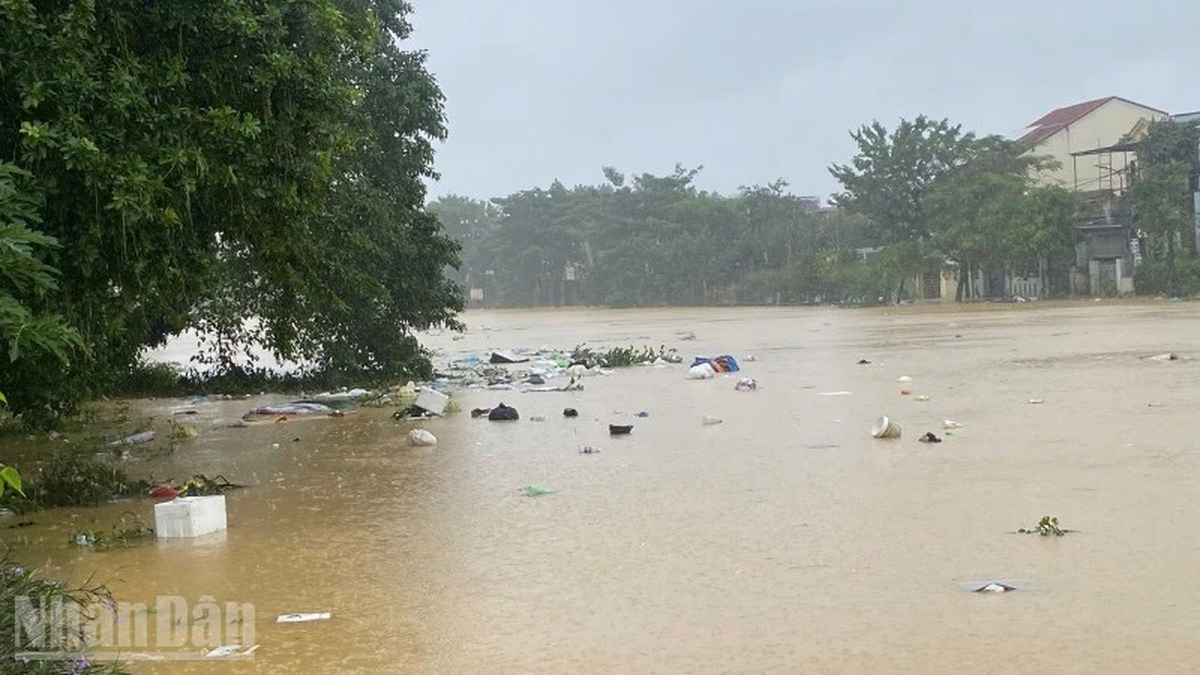
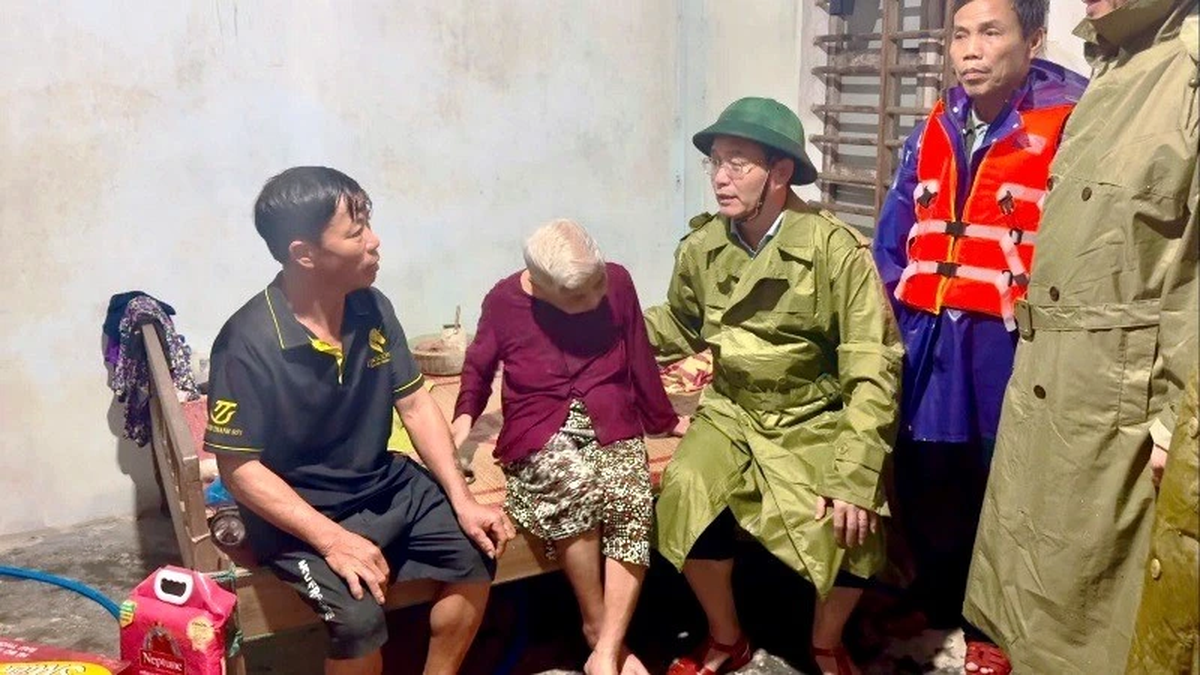
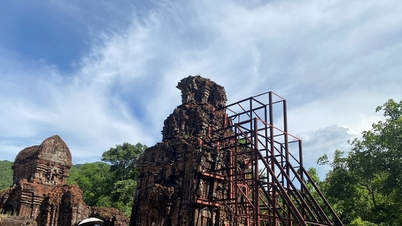
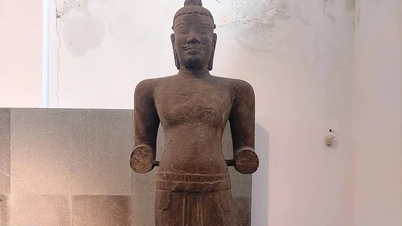

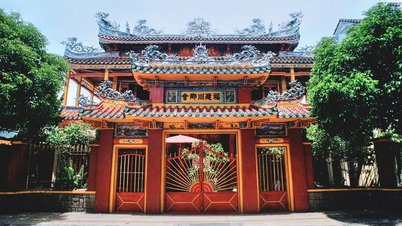

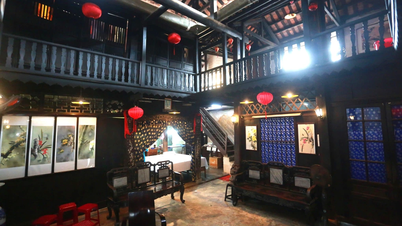
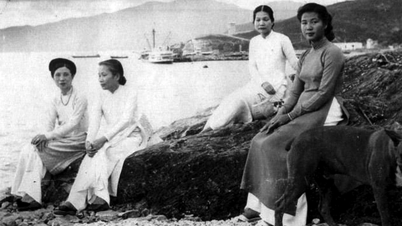
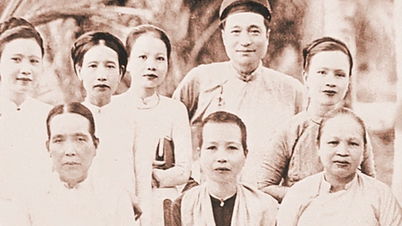
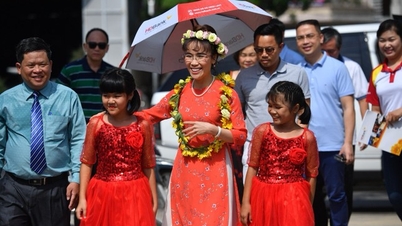

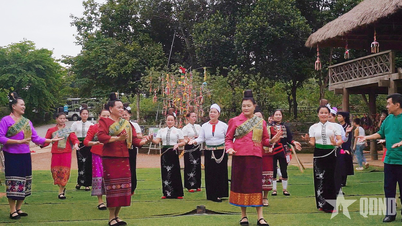

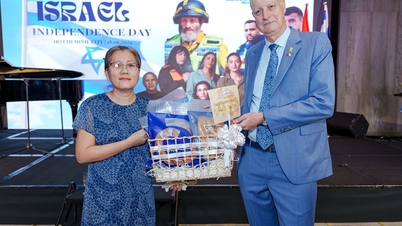

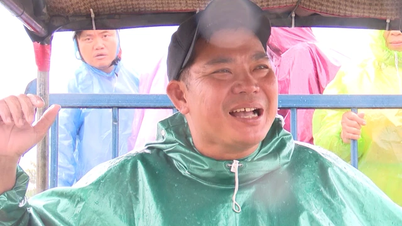
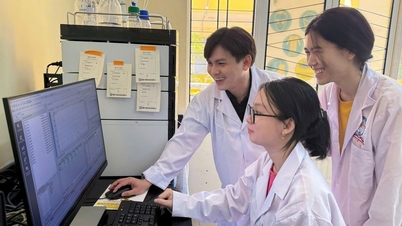

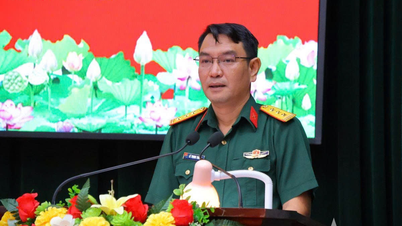


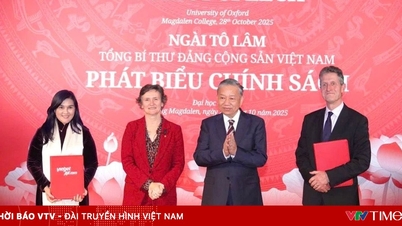
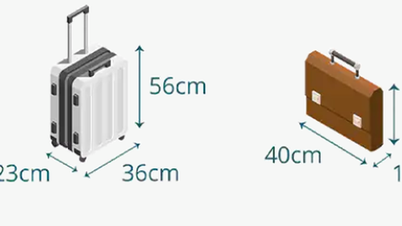

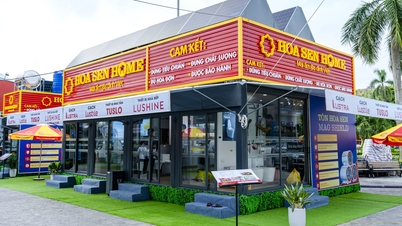
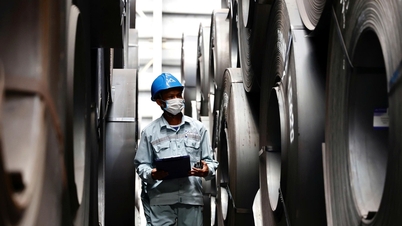
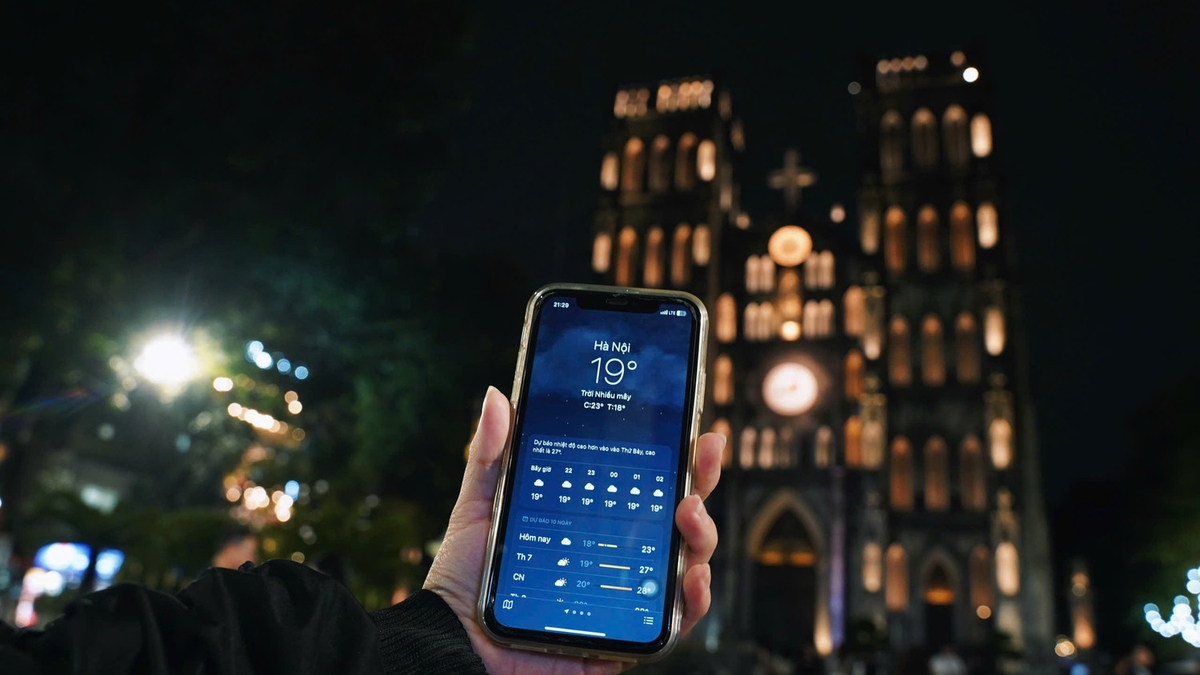


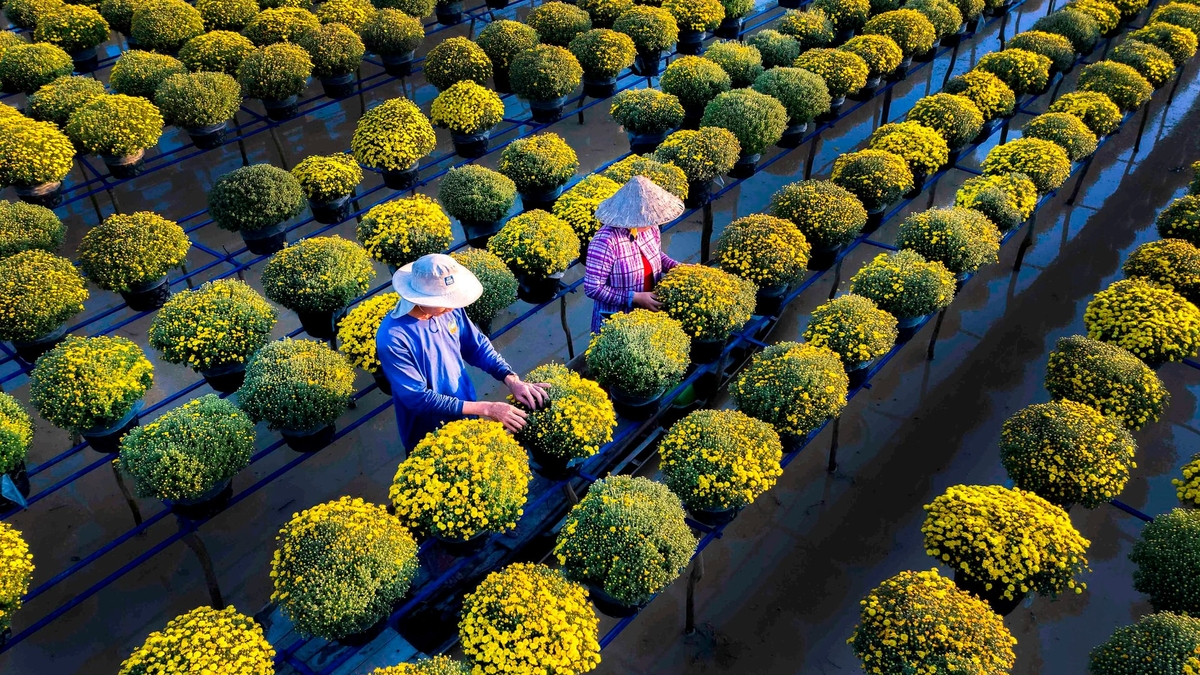
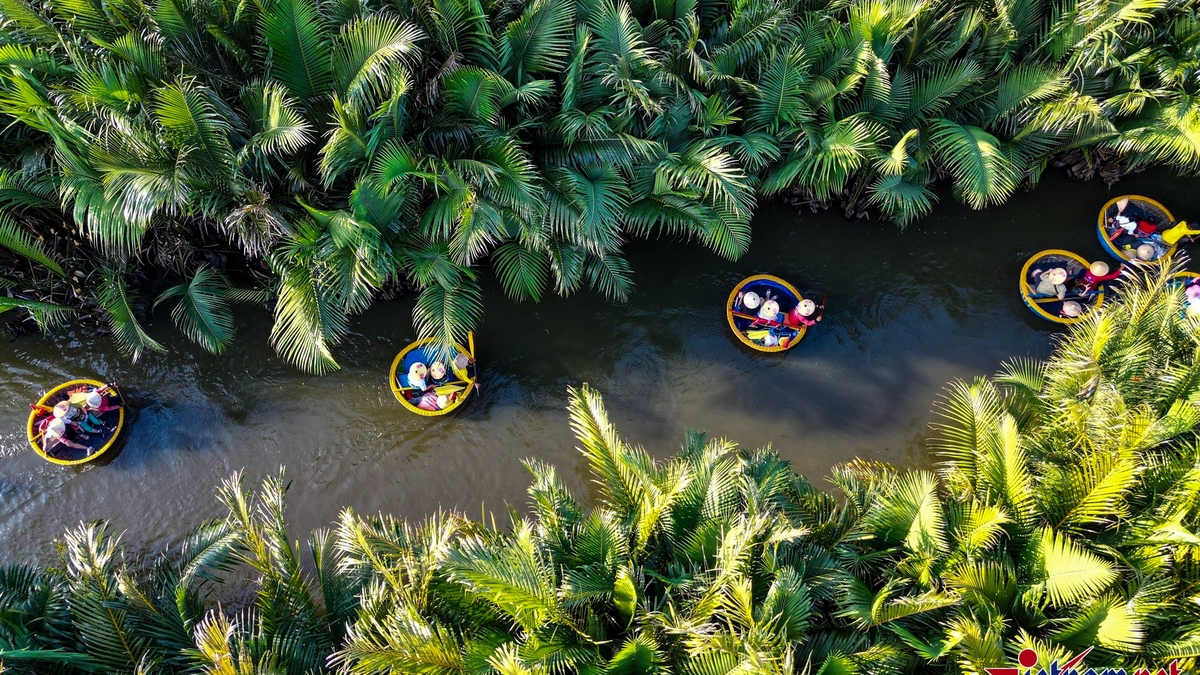
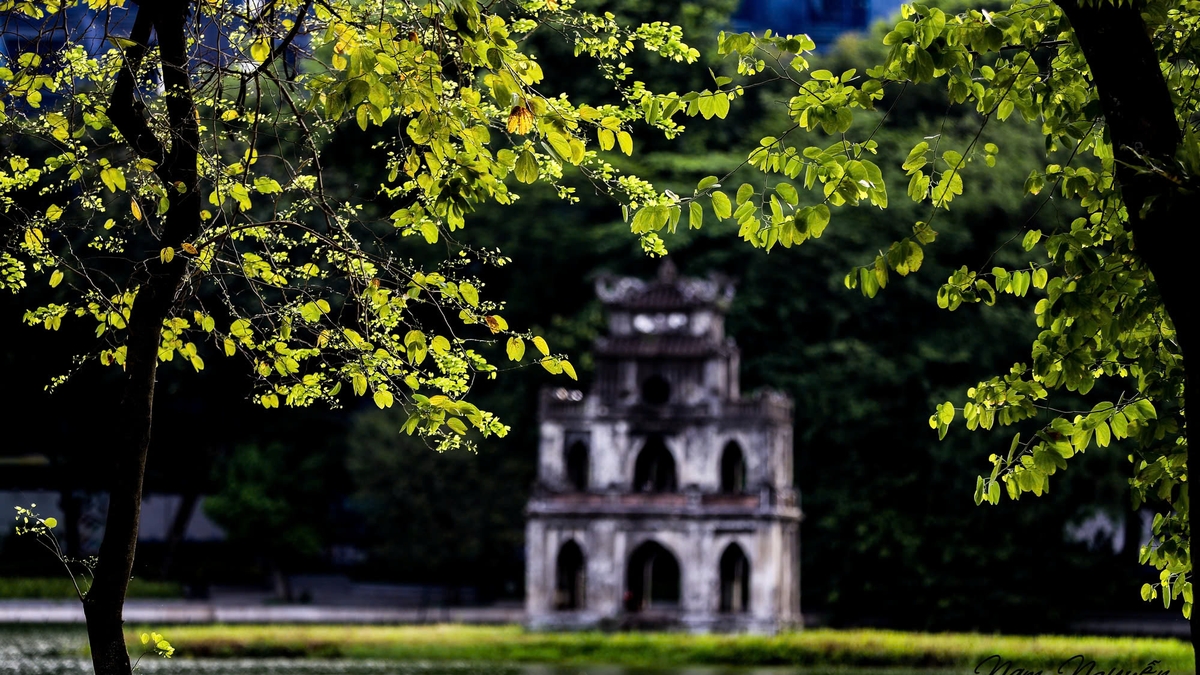
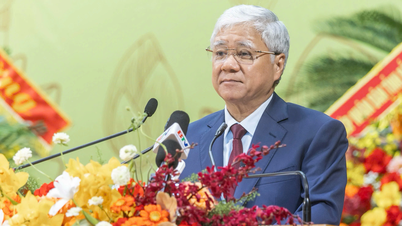
![[Infographic] Vietnam's socio-economic situation in 5 years 2021-2025: Impressive numbers](https://vphoto.vietnam.vn/thumb/402x226/vietnam/resource/IMAGE/2025/10/29/1761730747150_anh-man-hinh-2025-10-29-luc-16-38-55.png)
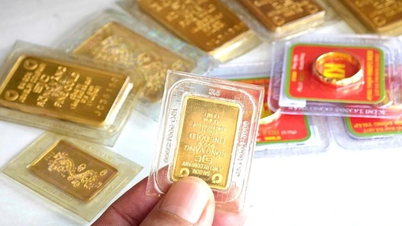
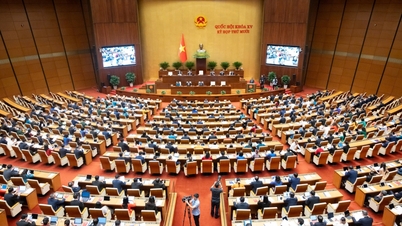
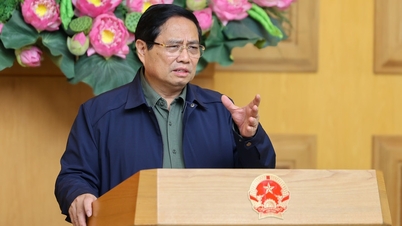
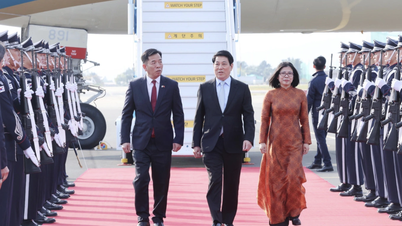

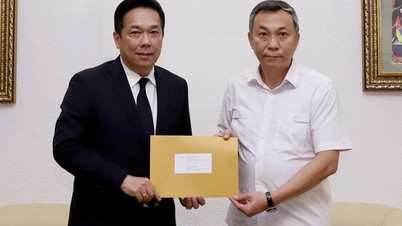

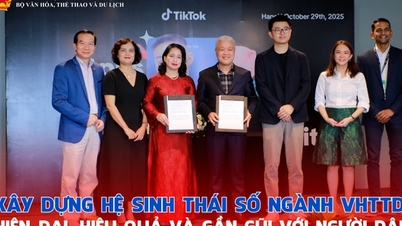
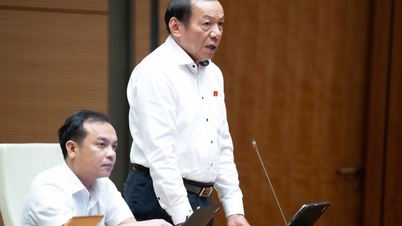
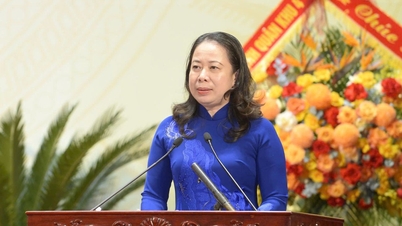

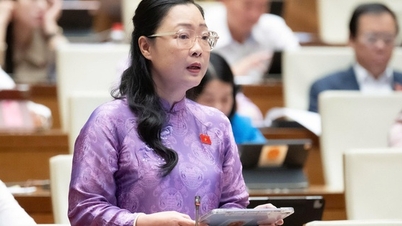
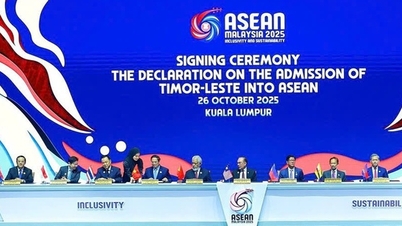
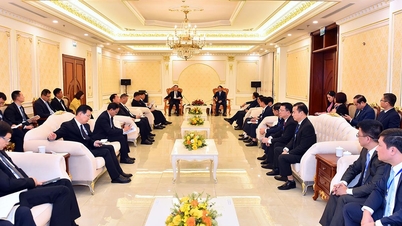

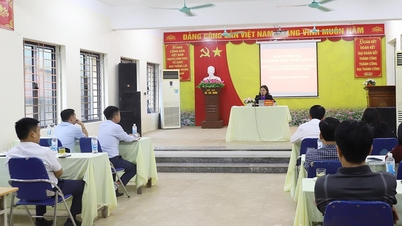
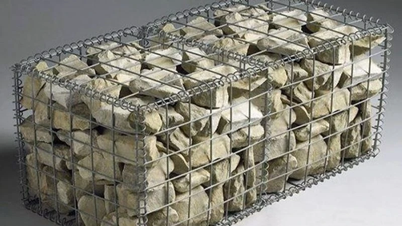

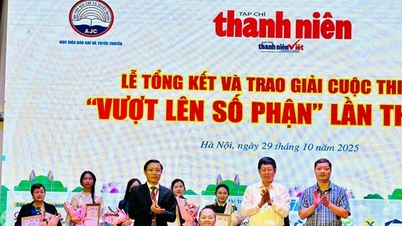

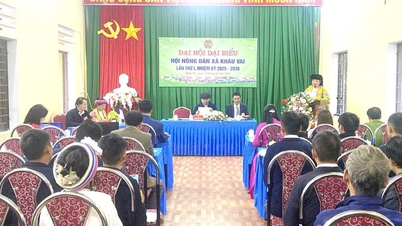
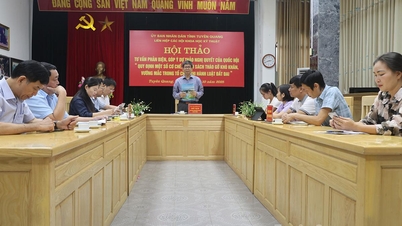











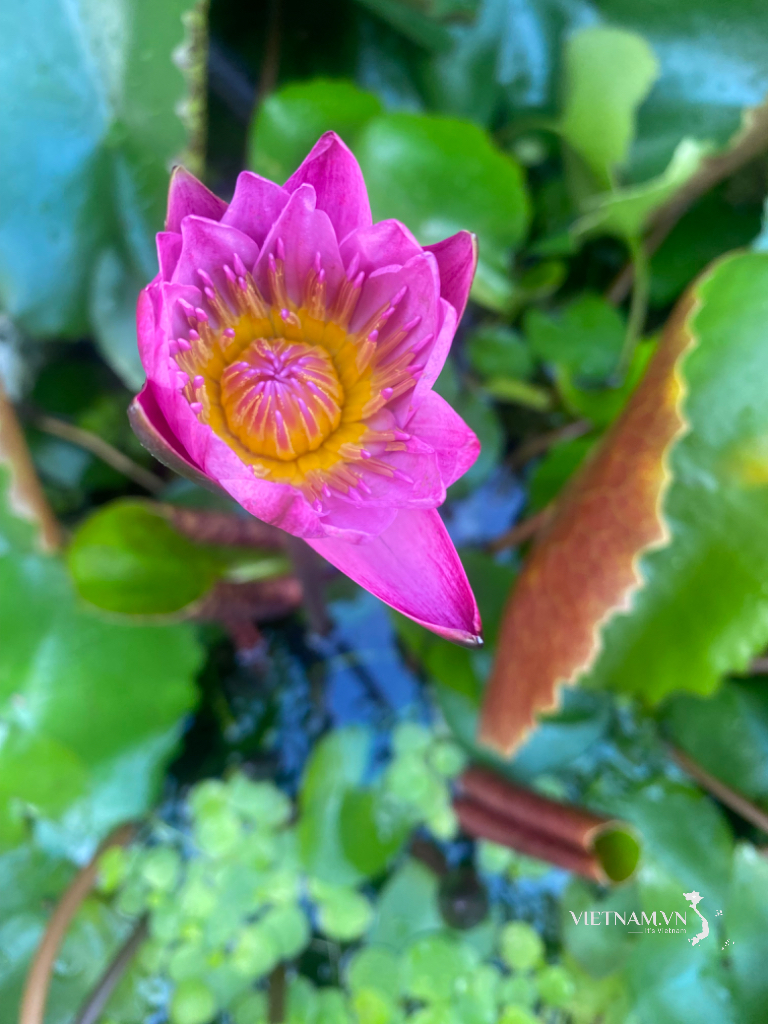



Comment (0)